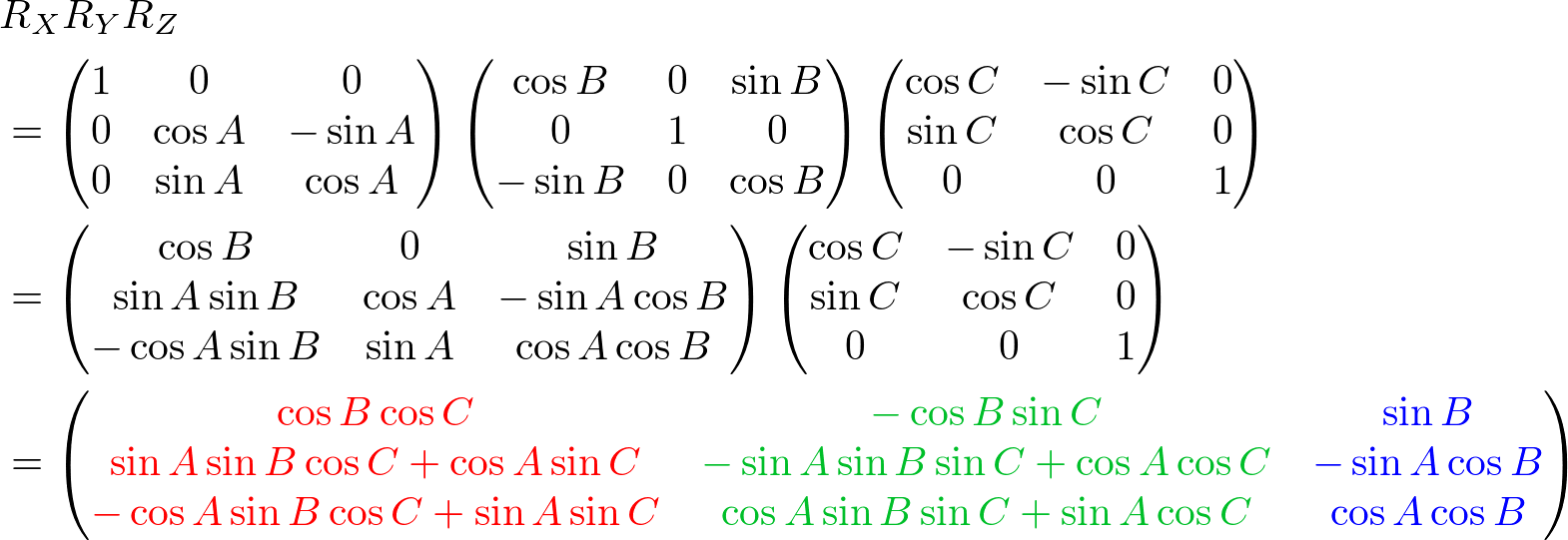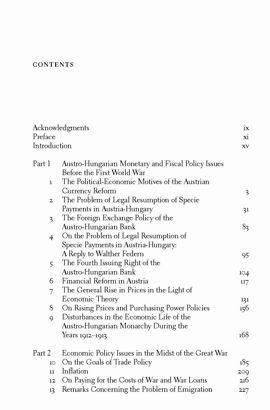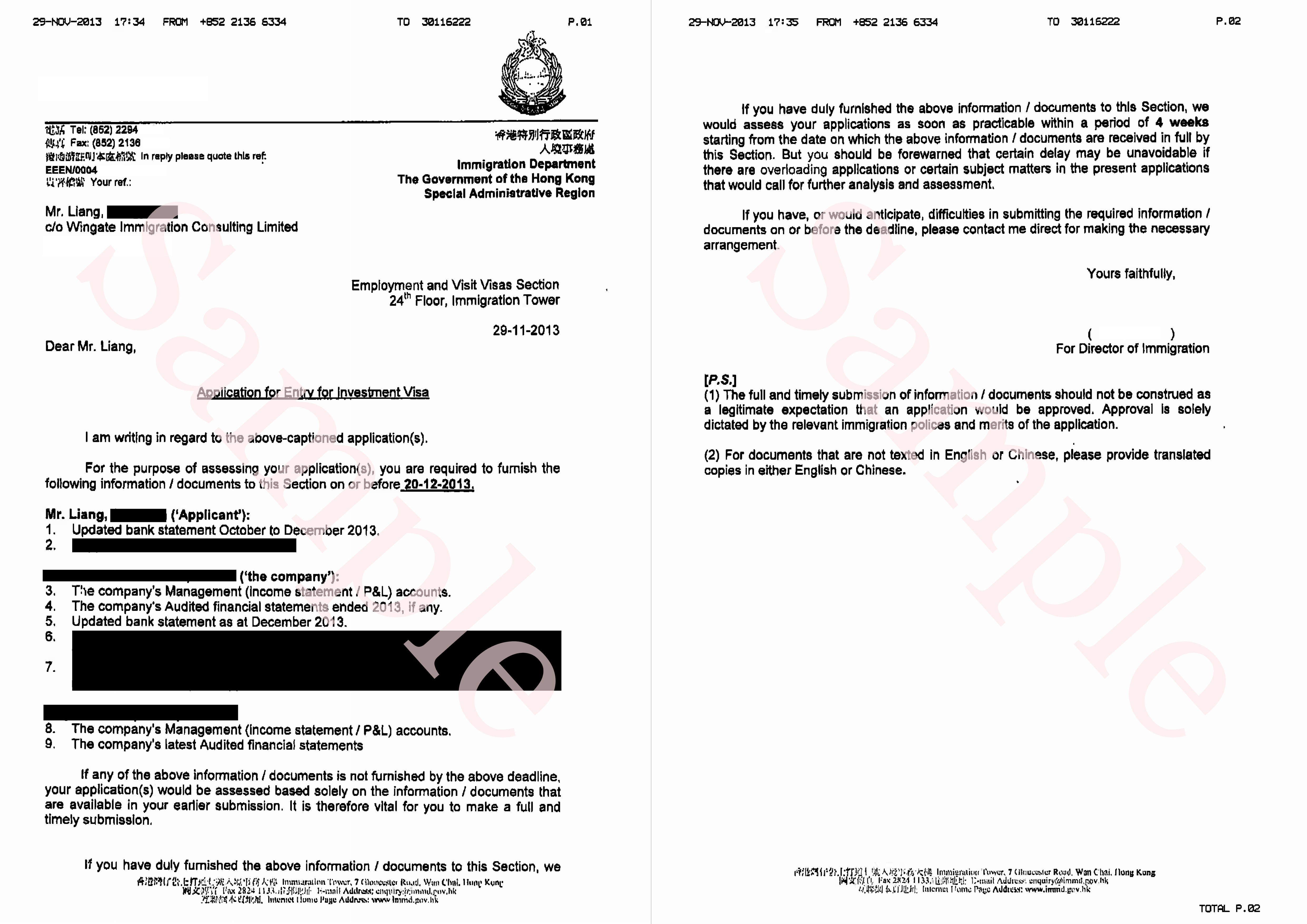The Green Revolution in India Essay for Children.
The green revolution started in India in the early 1960s, initially in states like Punjab, Haryana and Uttar Pradesh. The main development under the Green Revolution was the creating high-yielding varieties of wheat and it was carried out by American agronomist Dr. Norman Borlaug, Indian geneticist M. S. Swaminathan, and others. Soon India became self-sufficient in food grains by introducing.The Green Revolution Essay. 989 Words 4 Pages. Broad Topic: The Green Revolution Narrowed Topic: Pesticides and the Green Revolution: The impact on the environment and counter- measures. The green revolution technology phenomenon started in Mexico over sixty years ago. The technology which is still relevant today has, forever changed the way agriculture is conducted worldwide. According to.Green revolution, great increase in production of food grains (especially wheat and rice) that resulted in large part from the introduction into developing countries of new, high-yielding varieties, beginning in the mid-20th century.Its early dramatic successes were in Mexico and the Indian subcontinent. The new varieties require large amounts of chemical fertilizers and pesticides to produce.
Green Revolution Essay (pic) The Green Revolution The world's worst recorded food disaster occurred in 1943 in British-ruled India. Known as the Bengal Famine, an estimated 4 million people died of hunger that year in eastern India (which included today's Bangladesh). Initially, this catastrophe was attributed to an acute shortfall in food production in the area. However, Indian economist.The Green revolution introduced major changes into a world where the majority of the people still depend on farming for their livelihood. The result of many of these techniques was the encouragement of large-scale industrial agriculture at the expense of small farmers, who were unable to compete with the high-efficiency Green revolution crops. The result has been massive displacement and.

This sample Green Revolution Research Paper is published for educational and informational purposes only. Free research papers are not written by our writers, they are contributed by users, so we are not responsible for the content of this free sample paper. If you want to buy a high quality research paper on history topics at affordable price please use custom research paper writing services.











